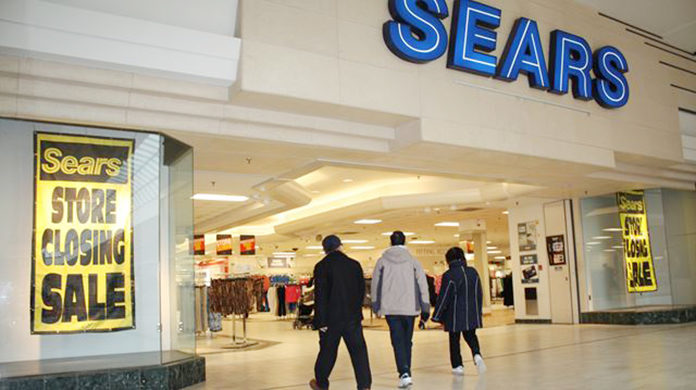
Retail developers met in Las Vegas this week at the industry’s annual convention. Rather than discussing dismal traffic numbers or the shadow of Amazon, the tone was surprisingly upbeat—a marked change from recent years. The conversation? Sector-jumping mall properties that are changing business models to include apartments and hotels—chipping away at the nation’s needs for more housing while filling millions of square feet of vacant retail space.
Not including digital commerce, retail square feet per capita in the U.S. is more than six times that of Europe or Japan. Unlike the residential property market, retail over-built in the 1990s and 2000s. As retail rents soared thousands of new doors opened creating a bubble that eventually burst. Doors shuttered and rents retreated.
Conversely, it is estimated that 94 million more people will be living in the U.S. by 2030 than there were in 2000. The nation will need 4.6 million new apartment units to meet surging demand.
Hit with large swaths of vacant space left in the wake of once-lock-tight anchors like Sears, J.C. Penny, and Toys R Us, in 2018—a year of record loss—mall owners are exploring all options and apartments, among other opportunities, have attracted their attention. In navigating their own changing business models, retail landlords have already shifted their focus toward attracting shoppers with more personalized and human experiences. Retailers like Apple and Ulta Beauty fit this model. But the buying demographic is also changing. Today’s younger shoppers seek mixed-use spaces where people can live, work, shop and dine—a business model under which apartment owners and developers have operated for decades.
As retailers look for the Amazon-safe zone of opportunity including experience-based services that can’t be replicated online, major players in the mall space have already moved forward with deals. Simon, one of the nation’s largest mall owners has already announced plans to open over five Marriott International hotels at its properties. Preit, a smaller mall owner in the Northeast, said it would be adding around 7,000 residential units and 3,000 hotel units across a dozen properties in the coming years.
UPDATE:
PREIT, the mall owner soon adding residential to its portfolio (above) has come in at one of the highest dividends in the mall sector (8.7 percent). Pennsylvania Real Estate Investment Trust (PEI) was founded in 1960. Since the Great Recession (2008-09), PREIT has been remaking itself, selling underperforming properties and carving a niche for a larger player to see.
PREIT’s primary focus is retail shopping malls in the eastern half of the U.S., primarily mid-Atlantic region. The portfolio has 29 retail properties (including four in development or redevelopment), with 20.2 million square feet, and a dominant presence in Philadelphia and the Washington, D.C., Metro Area.















